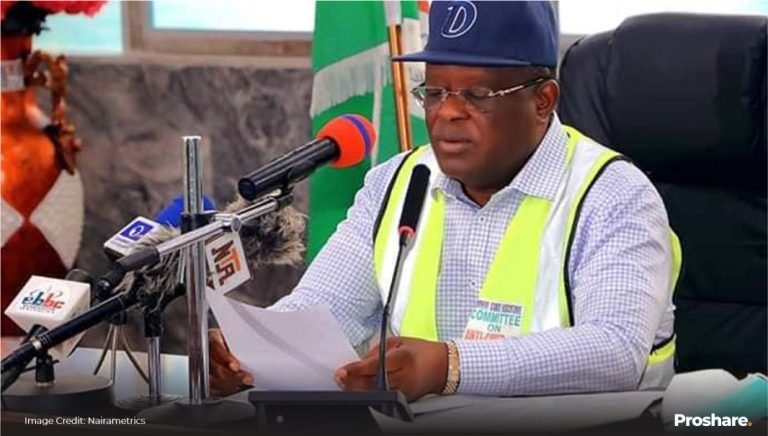By Chukwuma Umeorah
The Federal Government has hinted at a potential variation in the cost of the Lagos-Calabar coastal highway project due to ongoing design modifications aimed at addressing both environmental realities and emerging infrastructure needs along the corridor.
Minister of Works, David Umahi, disclosed this at a stakeholders’ meeting following an inspection of the project site, noting that critical changes became necessary as the construction advanced, particularly within the Lagos section. “In a particular five-kilometre stretch, we discovered that refuse had been dumped to a depth of over 10 metres. The soil is not usable for the road’s foundation, and that was not captured in the original design. We are reworking the design in those areas, and naturally, this may result in some variation in cost, but it is a necessary intervention,” Umahi said.
Although the Minister did not quote any figures yet regarding the cost variation, the initial projection of the 700-kilometre highway stands at N15 trillion.
Speaking further, he disclosed that a significant design adjustment was made around the Lekki Free Trade Zone and the Dangote Refinery axis, which is a vital economic hub along the route. According to him, the alignment was modified to accommodate industrial operations and ensure unhindered logistics access, particularly for high-tonnage truck movements servicing the refinery and fertiliser facilities.
“We are now building a flyover that has a span of 60 metres. And then the next span is 41.6 metres, counterbalanced by the next span, and then the rest is 22 and 23 metres. So, we are flying over Dangote’s refinery and fertiliser, as well as some other conflict points.”
He added that the changes were necessary to maintain industrial access while preserving the long-term integrity of both the road and surrounding infrastructure; a move that also contributes to the project’s evolving cost profile.
In addition to soil and industrial-related modifications, the highway is now being elevated significantly to mitigate future climate impacts. The pavement level has been raised to match first-floor elevations of adjacent buildings, accounting for projected flooding and sea level rise over the next five decades.
“We are building resilience. The elevation is deliberate, it’s in line with global best practices and protects both the highway and communities along its path.”
Umahi emphasised that the adaptations also reflect President Bola Tinubu’s directive to ensure that the project minimises displacement and destruction of existing properties. He noted that the Ministry had reviewed alignments to avoid demolitions where possible, deploying design solutions, such as retaining walls and flyovers to preserve lives and livelihoods.
“The President gave us a clear mandate not to destroy people’s properties unnecessarily. That’s why we realigned parts of the road to minimise displacement,” he said.
The Lagos-Calabar coastal highway, spanning 700 kilometres, is envisioned as a 10-lane smart expressway with rail provisions and economic integration zones. While construction of the first phase is currently underway, Umahi stressed that each segment was being reassessed in light of practical realities and long-term infrastructure needs. “We are not just building a road; we are building the backbone of Nigeria’s economic future,” he said.
